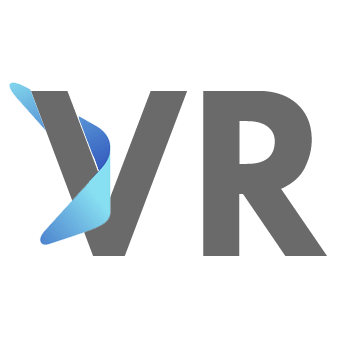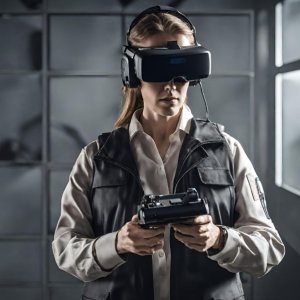Virtual Reality (VR) is rapidly reshaping our world, revolutionizing the way we interact with our environment. At the heart of this transformation lies VR software, a dynamic force continually advancing in sophistication and immersion.
If your ambition is to master VR software, here are crucial insights to guide you on your journey:
1. Grasping VR Fundamentals
To embark on the creation of VR software, a solid grasp of the core mechanics is essential. This includes understanding the diverse types of VR headsets, methods for tracking user movement, and techniques for rendering 3D graphics.
2. Selecting the Right Tools
In the world of VR development, you have an array of tools at your disposal, including Unity, Unreal Engine, and Google VR. Recognize that each tool comes with its unique strengths and weaknesses, making the selection of the right one pivotal for your project.
3. Prioritizing User Immersion
VR’s essence is to immerse users in a captivating virtual realm. Ensure your VR experiences are visually stunning and engaging, with a relentless focus on fostering a genuine sense of presence and realism.
4. Addressing Motion Sickness
Motion sickness can challenge VR users. Developers must confront this issue by minimizing head movement, adopting smooth locomotion, and providing visual cues to alleviate discomfort.
5. Crafting High-Quality Content
Quality is paramount in the world of VR experiences. Employ top-tier assets, craft engaging gameplay mechanics, and engage in rigorous testing to ensure the finest results.
6. Embracing Patience
VR software development is a complex journey that requires time and persistence. Acknowledge that perfection may not be immediate, but with unwavering dedication, learning, and experimentation, you can truly master VR software.
Additional Tips for VR Mastery
7. Diversifying Assets
Create visually captivating and engaging VR environments by incorporating a wide variety of assets, including diverse textures, models, and shaders.
8. Paying Meticulous Attention to Detail
Even the smallest details can significantly enhance the immersion of your VR experience. Give close attention to elements such as lighting, textures, and sound effects within your virtual environment.
9. Rigorous Testing
Comprehensive testing before your VR creation goes public is indispensable. It identifies and rectifies potential issues, ensuring a delightful user experience.
10. Soliciting Valuable Feedback
External feedback is invaluable. After testing your VR creation, gather input to pinpoint areas that warrant improvement.
11. Perpetual Learning and Experimentation
Given VR’s constant evolution, staying informed and experimenting are keys to creating the finest VR experiences.
These tips and tricks are your guiding light on the path to mastering VR software. With unwavering dedication, you can craft VR experiences that captivate and delight users.






